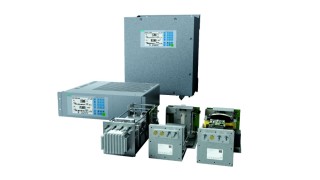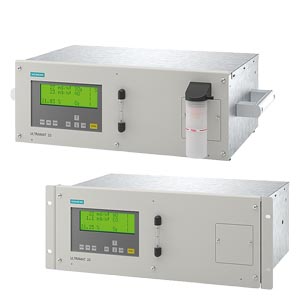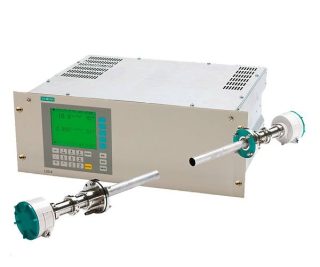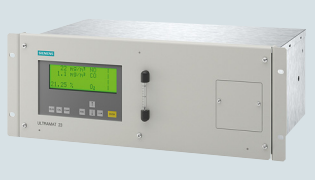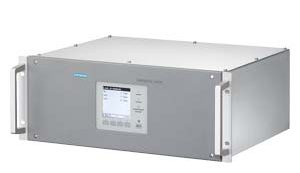SIPROCESS GA700
Process Analytical
Buniness Unit Manager : Mr. Pakpoom Noi-u-thai
Tel : 081-874-5764
E-mail : pakpoom@pico.co.th
Admin
Tel : 02-939-5711 ext. 456
E-mail : process@pico.co.th
Benefits
The base unit provides:
• Transmission and evaluation of measurement results
• Display and transmission of device parameters
• Operation (parameterization, configuration) In addition to the modules, the base unit contains the interfaces for the peripherals
High selectivity due to double-layer detector
• Reliable measurements even in complex gas mixtures Low detection limits
• Measurements with low concentrations Analyzer cells can be cleaned as required on site
• Cost savings due to reuse after contamination Corrosion-resistant materials in gas path (option)
• Measurement of highly corrosive gases possible
Paramagnetic alternating pressure principle
• Small measuring ranges (0 to 0.5% or 99.5 to 100% O2)
• Absolute linearity Detector element has no contact with the sample gas
• Applicable in the absence of corrosive sample gases
• Long service life Physically suppressed zero point possible, e.g. in the measuring range 98% or 99.5% to 100% O2 Ex (p) for Zones 1 and 2 according to ATEX-/IECEx approval, in-troduction of flammable gases possible
Mode of operation
Measuring principle
The measurements are based on the molecular-specific absorp-tion of infrared radiation bands (absorption bands).
ULTRAMAT 7 modules use a spectral range which includes wavelengths of 2 to 9 µm. Although the absorbing wavelengths are characteristic of individual gases, they may partially overlap. This results in cross-sensitivities which are reduced to a mini-mum by the following measures:
mum by the following measures:
• Beam splitter (gas filter)
• Double-layer detector, each gas compartment with adjustable weighting between the first and second detector layer
• Application-specific pre-installed interference filter
Principle of operation
ULTRAMAT 7 modules operate according to the infrared push-pull chopped radiation principle and are equipped with a dou-ble-layer detector
A source with a temperature of approx. 600 °C generates infra-red radiation which is emitted in the beam splitter. The beam splitter acts as a filter chamber and divides the beam equally between the sample gas and reference gas compartments.
The chopper produces a periodic modulation of the infrared radiation, and thus enables relaxation of the detector.
The reference beam passes through the reference chamber and enters the detector chamber virtually unattenuated. The detector chamber is filled with a precisely defined concentration of the gas component to be measured. The sample beam, in contrast, passes through the sample chamber filled with sample gas and enters the detector chamber attenuated to various degrees. The degree of attenuation depends on the respective sample gas concentration.
The detector is designed as a double-layer detector. The detector layer at the source end serves primarily to absorb the middle of the band. The band edges, however, are absorbed equally by both of the layers.
The detector layers at both compartments of the detector are pneumatically connected to each other via a microflow sensor. This sensor element converts the pressure difference in the detector into an electrical signal.
The weighting between the first and second detector layer is preset at the factory depending on the application. The influence of interfering components is minimized as a result. To ensure the long-term stability of the measured value, the ULTRAMAT 7 module supports the predictive self-diagnostics of the analyzer. This function enables you to plan maintenance measures in a timely manner.

